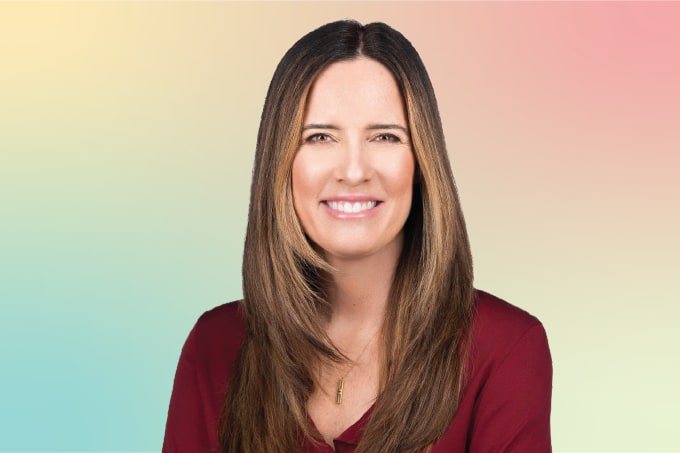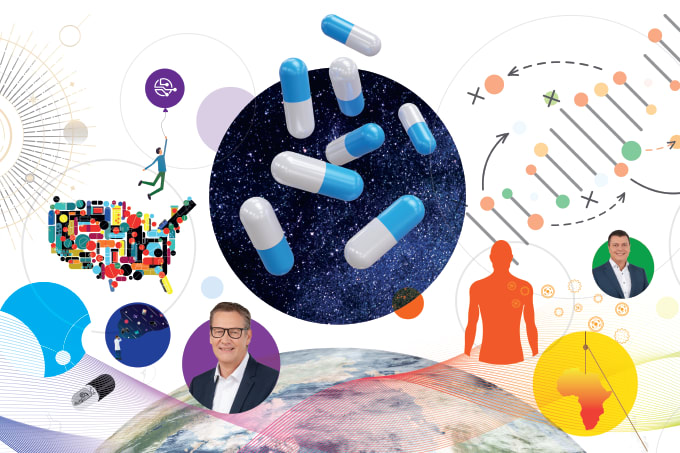With COVID-19, time is a luxury the world does not have. Perhaps one of the main differences compared with other drug manufacturing challenges is the starting point of commercial production; some COVID-19 vaccine manufacturing projects ran in parallel to phase III clinical trials to have sufficient volumes at hand as soon as official drug approval was granted. And the good news is that the pharma industry and its suppliers form well-integrated teams that can make use of well-established processes and technologies.
The demand for high-quality pharmaceutical glass and packaging has been steadily on the rise, even before the pandemic because of governmental initiatives in China and other territories for high-quality drug packaging. We actually set up an investment program in 2019, which enabled us to ramp up production in our global production network quickly and even speed up processes where possible. The timing was fortuitous. The investment program (comprising US$1 billion) in our pharmaceutical business is in full swing, despite the pandemic, and many new production lines are already up and running. By the end of 2021, we will have already implemented 50 percent of these projects.
The packaging currently in demand for COVID-19 vaccines is standard borosilicate glass vials ranging from 2 ml to 10 ml ISO formats, which is something that packaging suppliers produce millions of on a daily basis. Most COVID-19 vaccines are being packaged in borosilicate glass. This specialty glass was invented by Otto Schott in around 1890 and has since become the gold standard to package pharmaceutical drugs. The material is chemically inert, meaning it avoids interaction between the container and the vaccine, preserving the drug’s effectiveness. Today, the pharmaceutical industry has a great deal of experience with this glass and knows how it behaves towards different drug formulas.
Following the approval of COVID-19 vaccines that must be stored well below freezing temperatures, there have been many discussions about ultra-cold storage requirements. The topic has also received further attention through cryogenics and cell and gene therapy, which require similar storage temperatures. The fact that borosilicate glass is able to withstand temperatures from -200 °C up to +500 °C makes the material highly suited for formulations with even the most demanding requirements!
The supply process for pharma vials itself has not changed and is based on standardized procedures. As a matter of fact, pharma companies often plan from the very beginning about how they want to package their drug. The respective suppliers get involved at a very early stage, well before phase II and III trials. As a packaging manufacturer, we know with several months' lead time how many vials to deliver and when to deliver them. And that gives us enough room to prioritize our production. Since we produce the pharmaceutical glass tubing for the packaging ourselves, we are also able to adjust the capacities for glass production in advance. It’s also very important to maintain continuous contact and cooperation with customers to monitor market demand and container needs – even outside of pandemic times. Particularly throughout the last months, daily meetings and discussions with our customers played a key role in our efforts in the fight against COVID-19.
I can confirm that we are still meeting our supply agreements with pharma companies. Of course, this is only possible thanks to the immense work of our partners, suppliers and customers. With their support and collaboration, our production network was classified as a system relevant by governments early on. This, and the fact that we set up a task force early last year and implemented numerous hygiene concepts at our sites, allowed us to continue production. But ensuring that there are enough vials for a global immunization campaign is a joint effort for the industry. The fact that all major glass and packaging providers made significant investments to expand capacity before the pandemic makes us optimistic that adequate supply with glass vials can be achieved. In other words, it is a stretch but if the industry pulls together, we are hopeful that worldwide demand can be met.
How many vials do we need to vaccinate the entire world? This is a complex question, as the vaccination programs of pharma companies show great variation. Some companies want to package a single dose in a small vial; others want to package five doses or more in a larger vial. Consequently, the mere number of glass tonnage or vials doesn't give much of an indication of the supply situation. And that’s why we talk about vaccine doses rather than packaging units. If you add up all the COVID-19 vaccine projects we are involved in, we are supplying vials for around 2 billion doses. And just recently, we announced that we have already delivered vials to hold 1 billion doses. The delivery will take place in several project phases; this ranges from a few (hundred) thousand vials for the clinical trials, to industry-scale supply in the range of millions later on.
Manufacturing a vial takes a matter of minutes. Schott actually manufactures 30 million pharma containers (such as vials, ampoules, syringes, and cartridges) per day, adding up to 11 billion pharma containers each year!
It is possible that the pandemic will have a long-lasting effect on the pharma industry in the sense that vaccine booster shots will likely be needed every year. Hence, pharma companies will need to add another drug product to their manufacturing cycle. Naturally, the industry is currently highly focused on COVID-19. Yet all other life-saving drugs and treatments continue to play a big role in global health and require packaging solutions as well. This means that we are expecting growing demand for packaging due to COVID-19 vaccines, catching up on previously postponed life-saving drugs and treatments and the general market growth. Based on that, we are assuming that further capacity expansions will be needed to meet the need for pharmaceutical primary packaging in the future.




